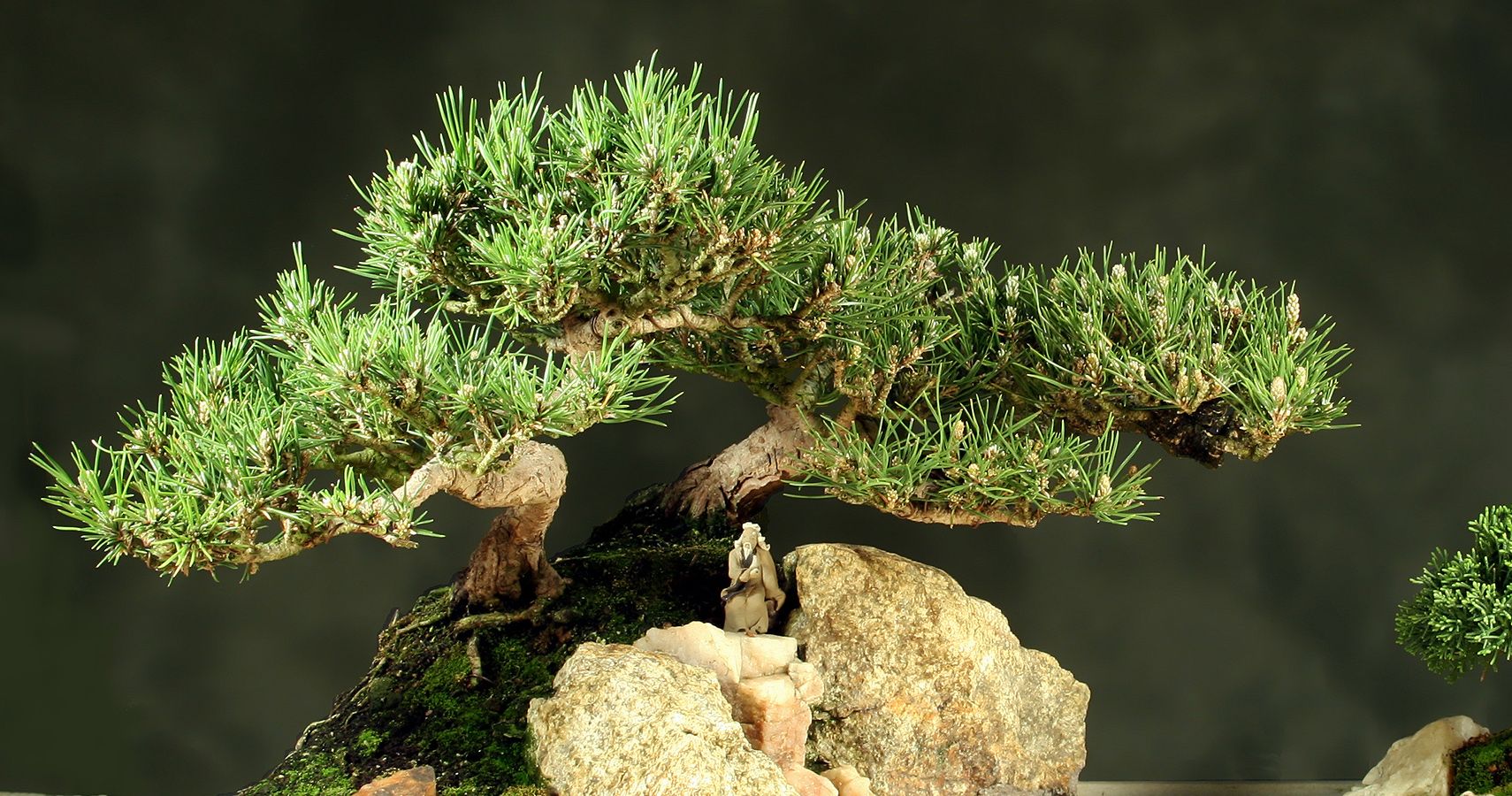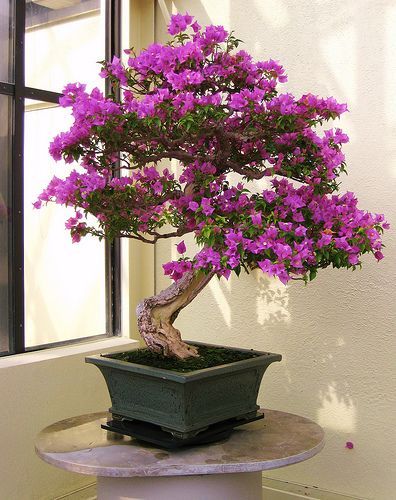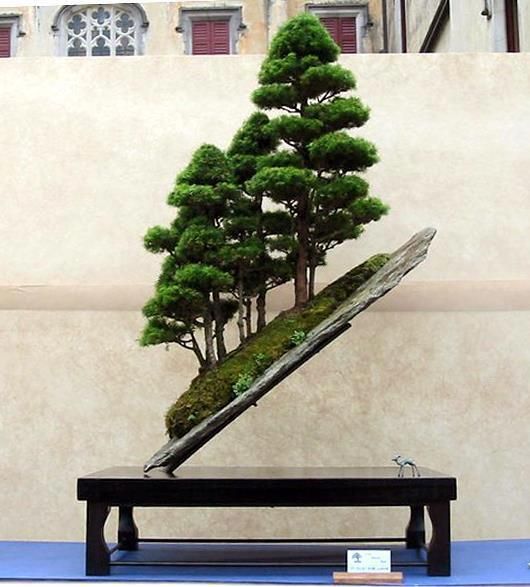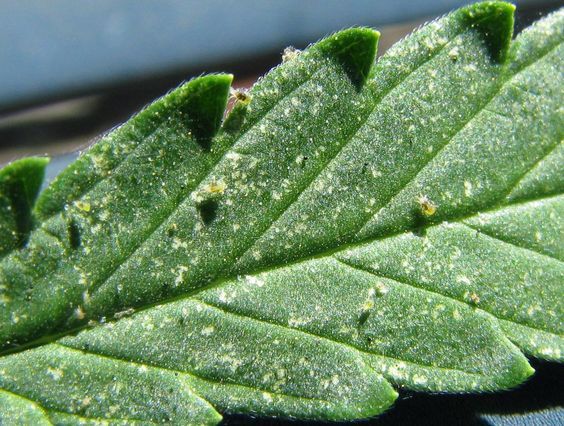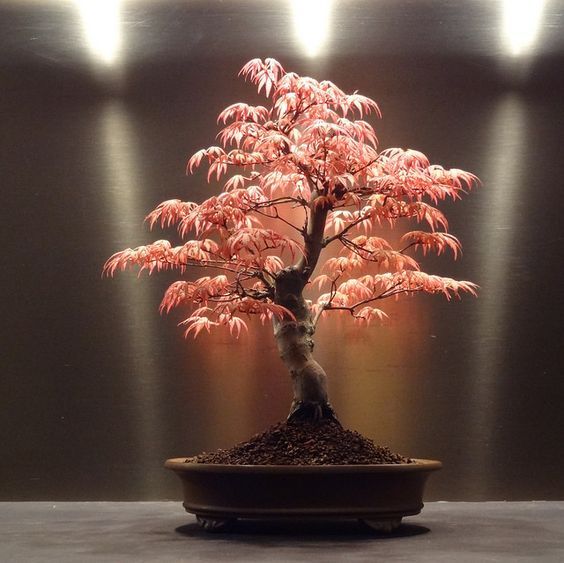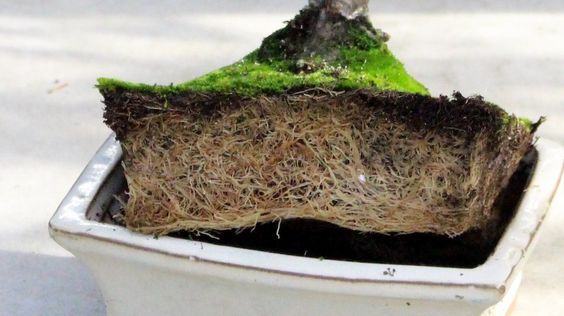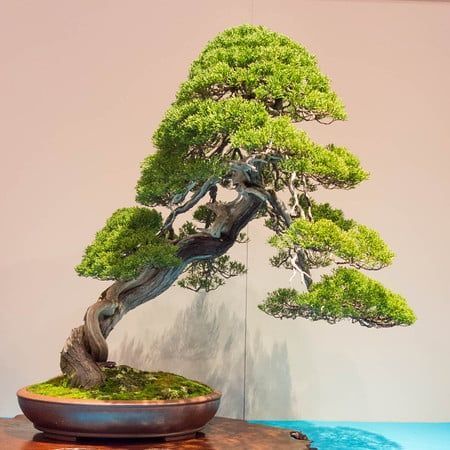Bonsai trees are renowned for their beautiful shapes and compact sizes. Although they are associated with Japanese culture, the stunning art form originated in China. Japan crafted bonsais into the iconic trees they are today and turned them into globally appreciated fixtures. Bonsais are sure to add great beauty and relaxation to any home, but they do require specific conditions and maintenance to thrive. While they are not difficult to handle once you learn what to look for, they are not as simple as a variety of other plants you might buy. There is no “one size fits all” set of instructions for bonsai trees, so paying attention to the one you choose is crucial.
Maintaining a happy tree involves everything from proper positioning to gauging watering, and picking the right soil mixture. You’ll want to prune your tree to maintain its size, but also to allow all parts of it to receive enough sunlight. Overall, a bonsai tree requires love and attention like any other living thing. The responsibilities that come with your bonsai are sure to pay off. If you’re considering bringing one home, it’s all worth the process. Here are some tips to ensure that your new addition to the family feels welcome.
10 Watering Times
Plants typically come with instructions on watering schedules. However, bonsai trees will not do well with routine watering and should be monitored to gauge optimal watering times instead. Start to water your tree when the soil becomes slightly dry, but be sure to water it before it dries out entirely. It isn’t necessary to worry about watering your bonsai at a specific time, although you should avoid using cold water on a hot plant. Rainwater is preferable to tap water when available, and a watering can with a fine nozzle works best. Remember that the entire root system needs to be wet in order for your tree friend to thrive.
RELATED: 10 Plants For Your Office That Will Totally Zen You Out
9 Soil and Fertilizer
Bonsai tree care sites suggest using a specific soil to help your bonsai flourish. According to Bonsai Empire, “a mixture of akadama, pumice and lava rock mixed together in a ratio of ½ to ¼ to ¼” is a great option. There are also online retailers that carry mixes specifically made for bonsai trees if you’re worried about getting it right on your own. You can choose between either liquid or soil fertilizer, and certain ones will help your bonsai flower. Be careful to not overfeed your bonsai, as this can have the same detrimental effects as underfeeding it. When your bonsai is young it will need more fertilizer, whereas older trees require slightly less maintenance.
8 Choosing A Spot
Bonsai trees enjoy sunlight, so it is important to place them in a bright area. If you opt for the outdoors, they can spend half of the day in direct sunlight as long as they are protected from any winds. Experts suggest that indoor trees need to be situated in an area that can maintain one consistent temperature. They should also be in front of windows that face South. Note that there are various species of bonsai trees, and each prefers something slightly different. Ficus Bonsai trees are probably the best option for beginners who want to keep the plants in their home.
7 Pest Alert
Keeping bonsai trees outside is preferable, but this will also leave them more susceptible to pests that want to feed on the leaves. Spider mites like to crawl under the stems and branches of the tree and spin silk around the plant. Although it is difficult to know if they are around, brown discoloration is a warning sign. Prune your tree if you notice these signs, and remain on alert for other pests that might damage your plant. You can also spray your bonsai with horticultural oils. The most natural way to help your bonsai rid itself of pests is by buying predator mites at a garden center.
6 Careful Maintenance
Pruning your bonsai tree goes beyond aesthetics. Although you’ll probably want to keep your bonsai small so that it can keep its compact size, pruning it will also help to strengthen the tree. When you remove younger shoots and leaves, the rest of the tree will receive more sunlight and air. Be sure to clear off everything from branches to buds and leaves. Your tree will grow in a more compact manner with every pruning. Smaller leaves will begin to form once you’ve started shaping it up as needed. You can even wire the branches of your tree if you want to change its shape. Always remove wires if branches are growing too quickly, and be careful to not overdo pruning.
RELATED: 10 Plants That Can Survive Without A Ton Of Care
5 Appropriate Temperatures
Bonsai trees will do best with warmth and humidity, but similar to any living thing they shouldn’t be overexposed to the heat or a draft. However, creating humidity for your tree does not mean soaking it in water. Bonsais usually die quickly because of pots and soil that prevent them from draining properly. Any environment that you choose for your tree should resemble one that they would develop in naturally. If you live in an area that goes through all four seasons in full force, you should consider this when deciding where to move your bonsai. Leaving it in one spot year round could end its life too soon.
4 Proper Re-potting
In the same way that you cut dead ends off of your hair to promote growth, excess bonsai roots should be trimmed to keep the tree healthy. When you re-pot the tree you should take note of the outer layer of roots and use shears to trim them. If any areas seem to be rotting, you should take these out as well. Excess roots will consume all of the tree’s nutrients, eventually starving it. Bonsais require repotting every two to five years, which you’ll have to judge depending on the rate at which your tree grows. Always place your re-potted plant into a clean pot!
3 Testing the Waters
If you use a hose to water your bonsai, be sure to test the water temperature before giving your tree a drink. A hose that is left in the sun might give your tree water that is too hot to handle. You don’t want to burn the leaves or give the roots scalding soil to live in. Try running the water for a minute to cool it off. You can even fill a pot with it and let that cool off to use for later instead of wasting water. Similarly, you should never pour icy waters onto a plant that is overheating. Either extreme will damage your plant.
RELATED: 12 Products You Didn't Think Would Grow Plants
2 Reviving a Brown Tree
While it may look dead, a brown tree doesn’t necessarily mean that all hope is lost. If you can figure out what the problem is, you’ll have a chance at helping your bonsai recover. Anything from overwatering, dehydration, excessive heat or cold, and pests can attribute to leaves turning brown. Once you pinpoint the issue, you can begin to treat it. Trim away any dead areas, check moisture levels, clean up the roots, use organic insecticides, and replant your bonsai into a clean pot. During this stage, you should keep a close eye on the tree’s progress and place it in a warmer spot that has plenty of ventilation.
1 Browsing Sites
There are tons of sites dedicated to educating people on proper bonsai care. If you’re ever unsure of something or feel that your bonsai isn’t flourishing, a quick search online will help. Most of the sites have “bonsai” in their URL, so they are specifically geared toward these adorable trees. They have beautiful imagery of the compact plants and will teach you an abundance of bonsai facts that will make taking care of one feel second nature. There are also forums where you can speak to fellow bonsai enthusiasts and update one another on the progress and lives of your trees.
References: Pinterest

